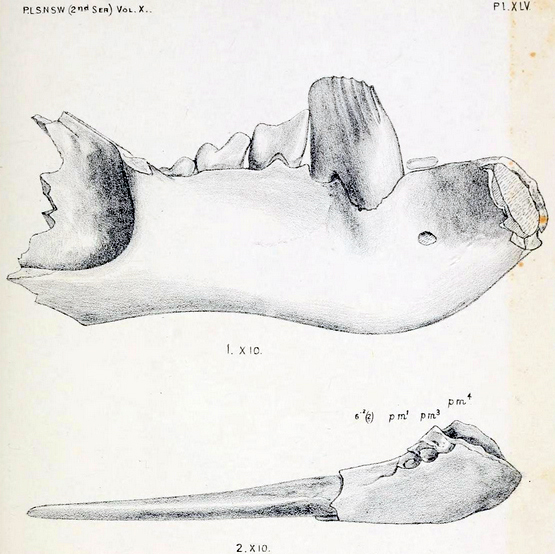Mountain pygmy possum
Enlarge text Shrink text- Work cat.: Mansergh, I. Draft management strategy and guidelines for the conservation of the mountain pygmy-possum, 1987.
- Grolier's Aust. encyc.
- Taylor, J.M. The Oxford guide to mammals of Australia, 1984:p. 31 (Mountain pygmy possum; genus Burramys; "Species: 1, B. parvus")
- The Australian Museum complete book of Australian mammals, 1983:pp. 168-9 (Order Diprotodonta, Family Burramyidae)
- Hyett, J. Australian mammals : a field guide ... 1980.
- Walker. Mammals of the world:v. 1, p. 130 (Mountain pygmy possum, single species, B. Parvus)
- Mammal species of the world, via WWW, Sept. 9, 1998(Burramys parvus. Common names: Mountain pygmy possum, Burramys)
- Epstein, J. The friends of burramys, 1981.
The mountain pygmy possum (Burramys parvus), also simply known as the burramys, is a small, mouse-sized (weighs 45 grams (1.6 oz)) nocturnal marsupial of Australia found in dense alpine rock screes and boulder fields, mainly southern Victoria and around Mount Kosciuszko in Kosciuszko National Park in New South Wales at elevations from 1,300 to 2,230 metres (4,270 to 7,320 ft). At almost 14 cm (5.5 in), its prehensile tail is longer than its 11 cm (4.3 in) combined head and body length. Its diet consists of insects (such as the bogong moth), fleshy fruits, nuts, nectar and seeds. Its body is covered in a thick coat of fine grey fur except for its stomach, which is cream coloured; its tail is hairless. On the underside of the female's body is a pouch containing four teats. This possum is the only extant species in the genus Burramys. It is also the only Australian mammal restricted to alpine habitat.
Read more on Wikipedia >
 Topic
Topic





